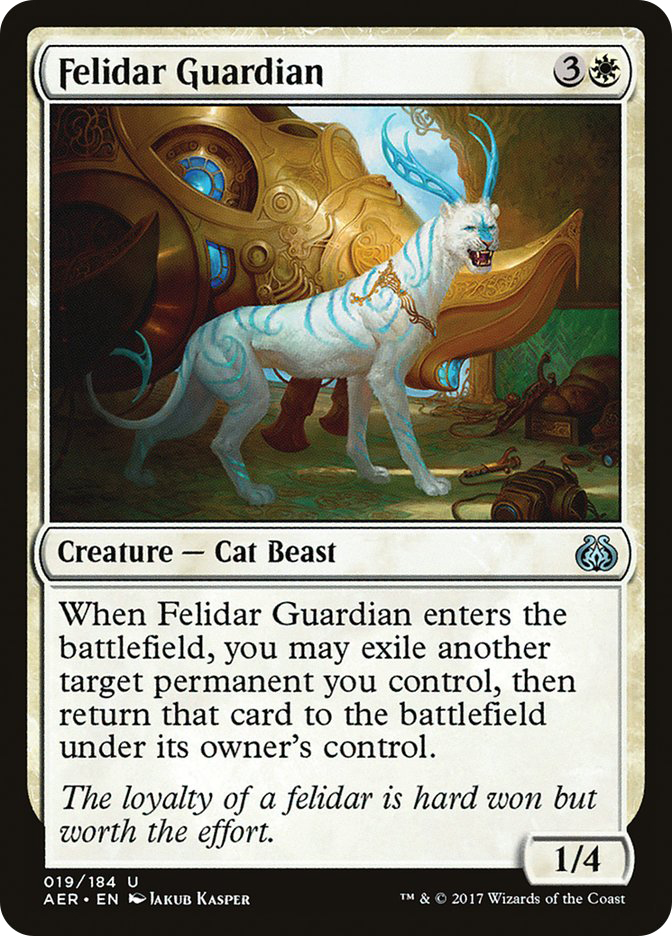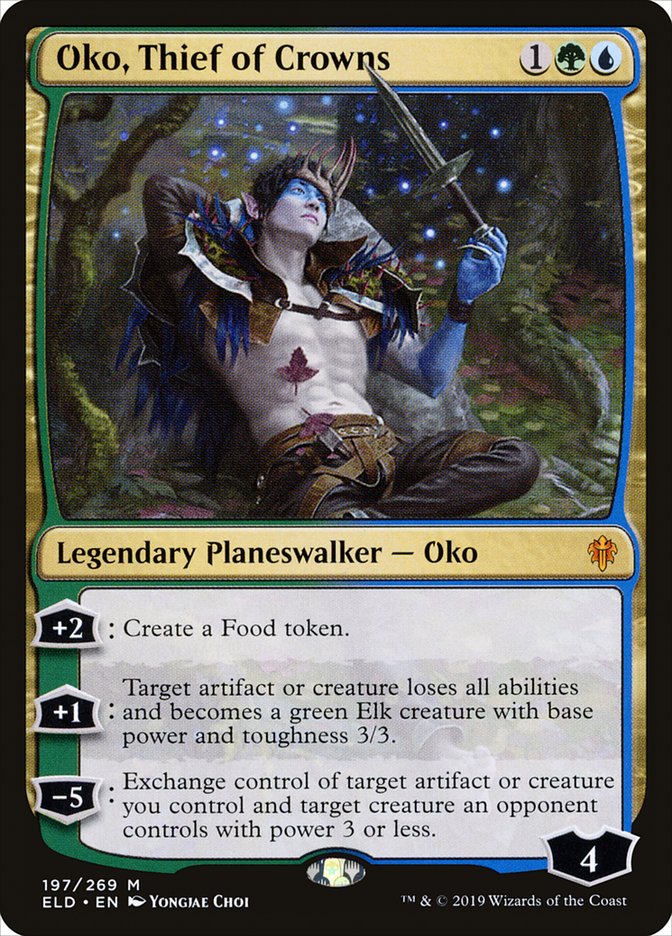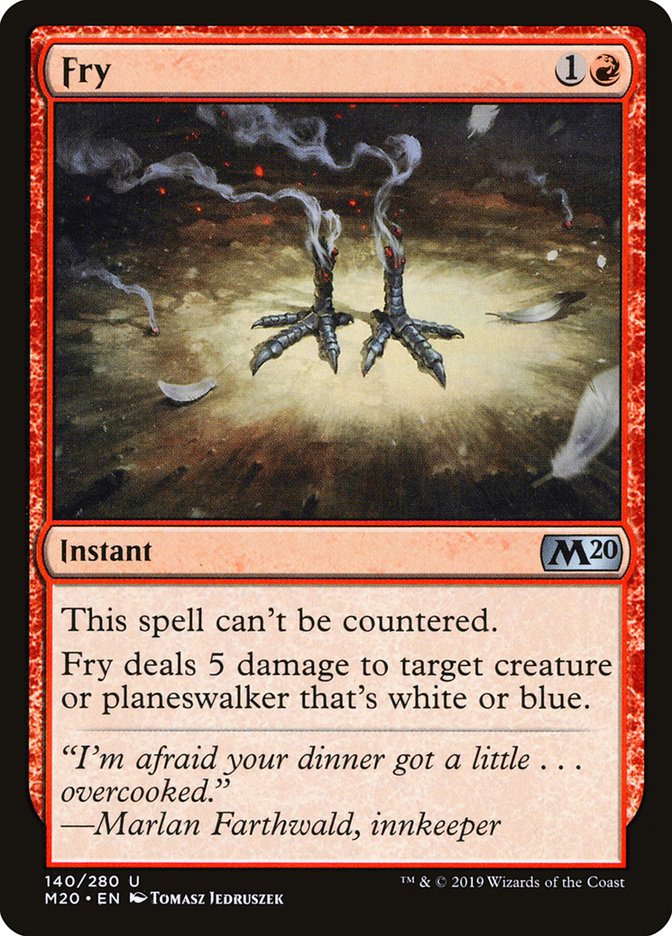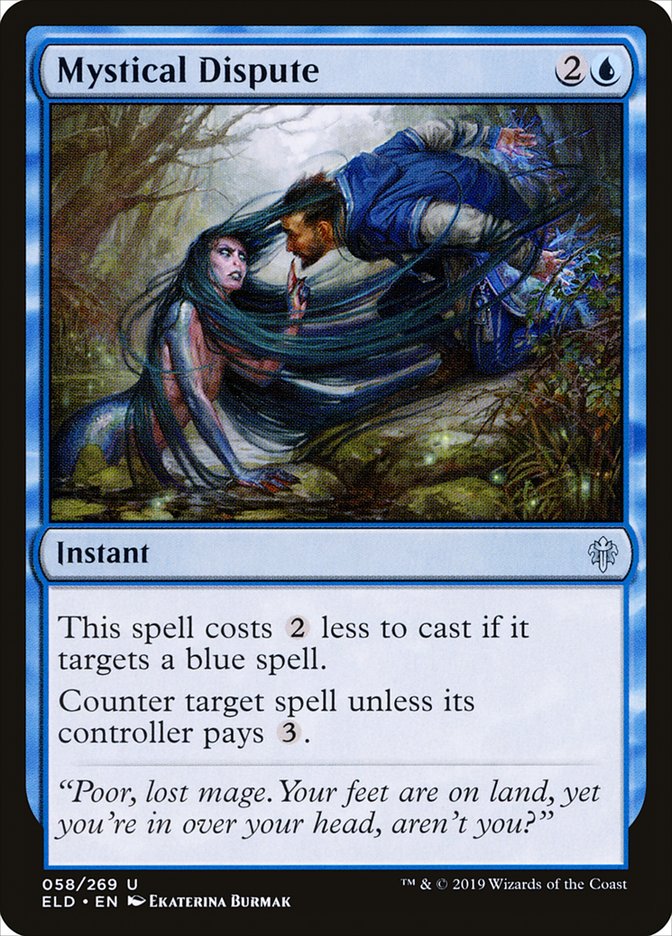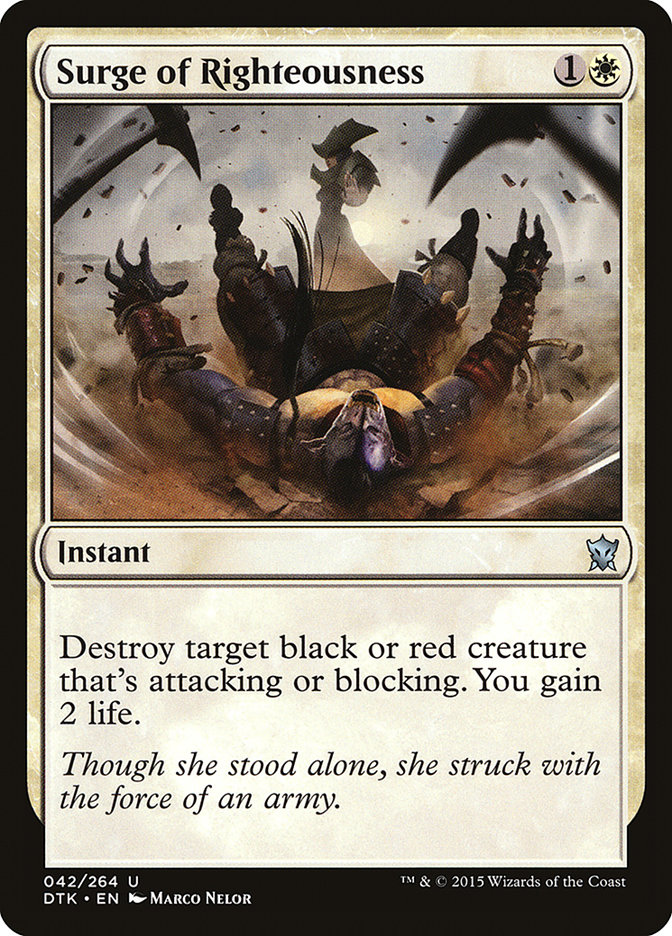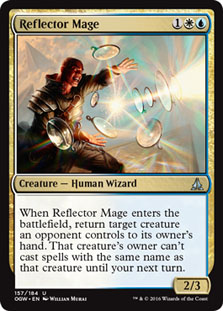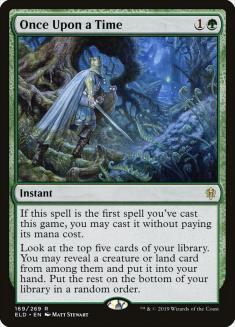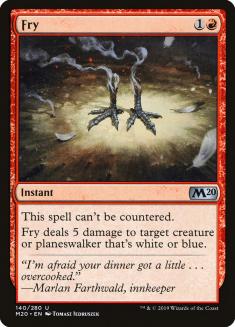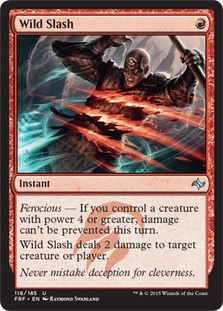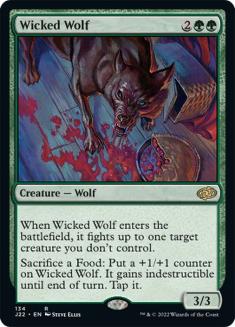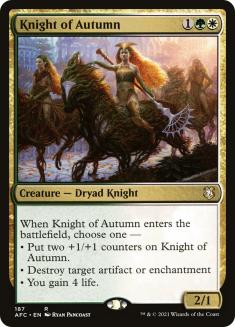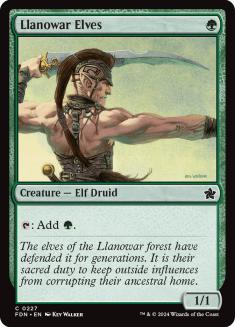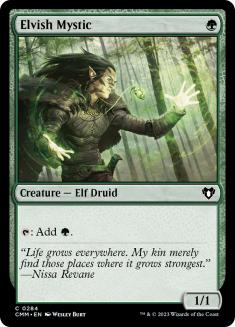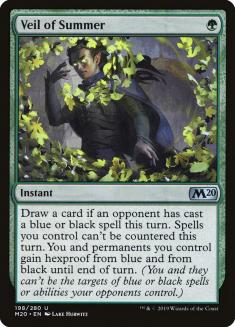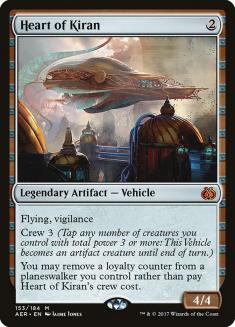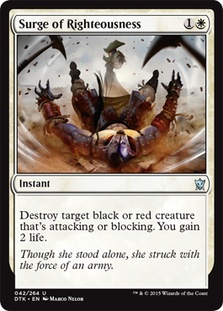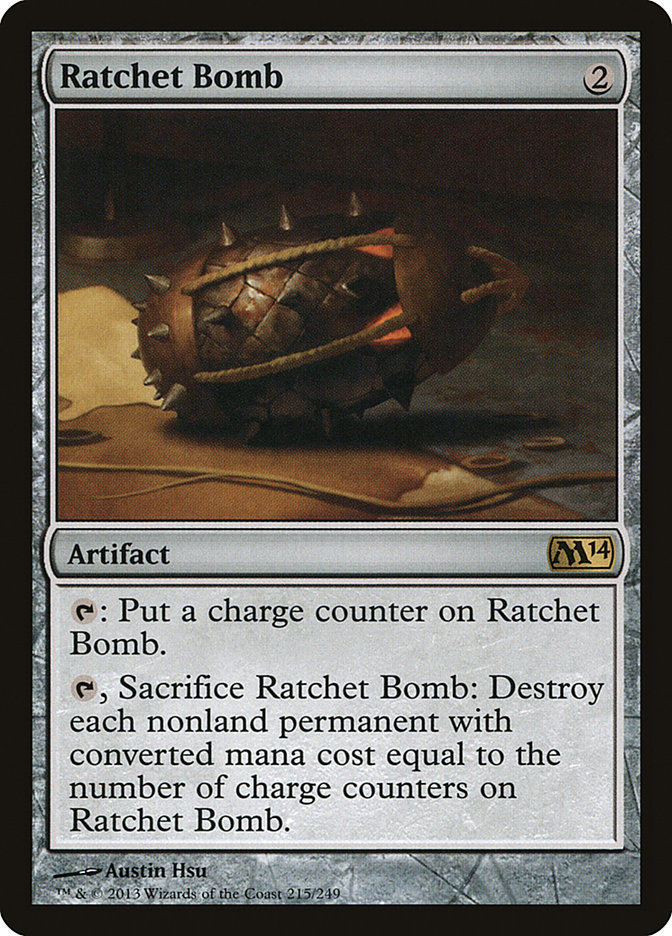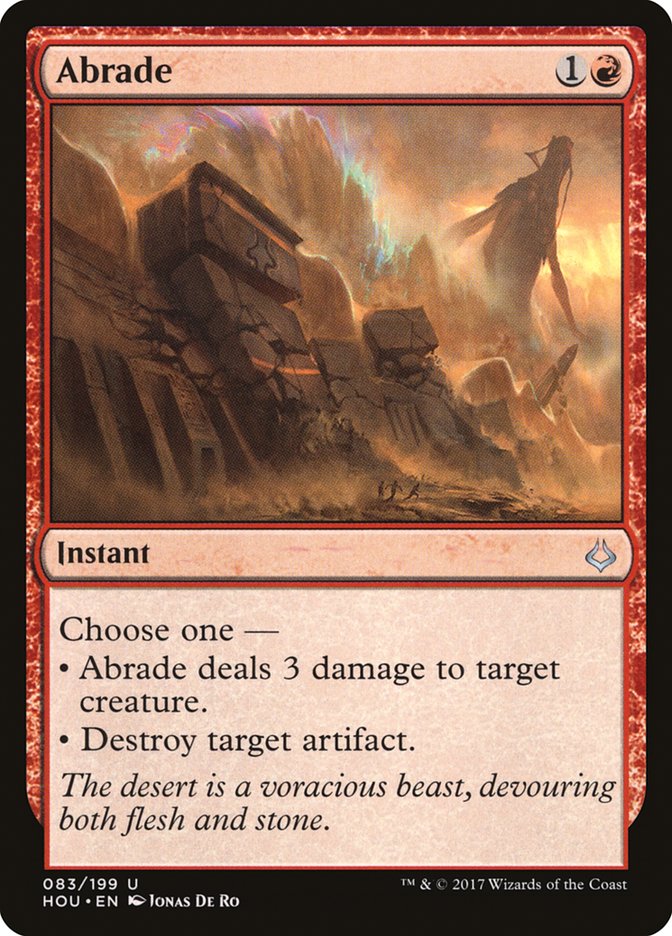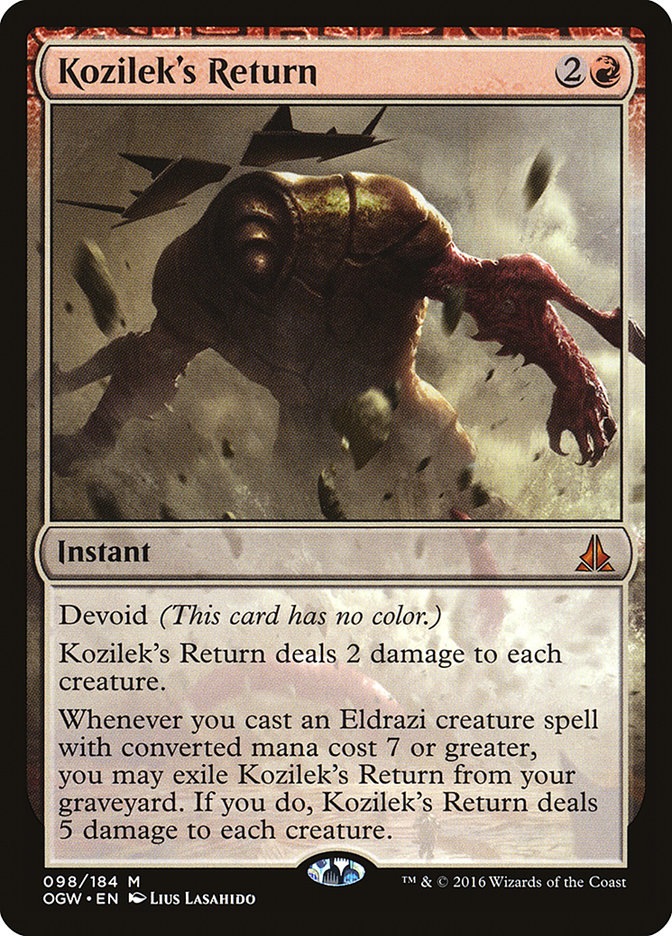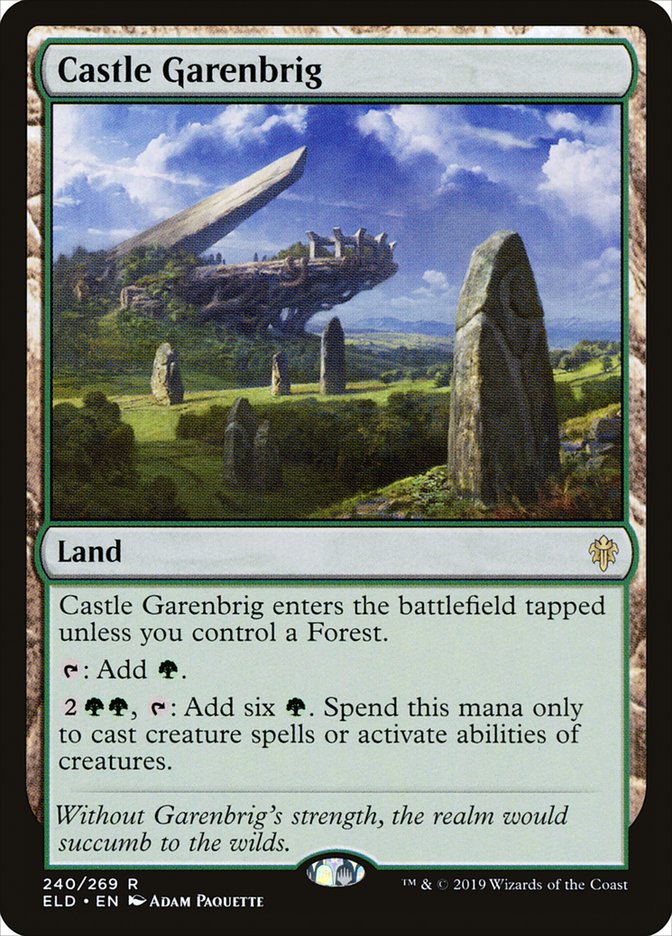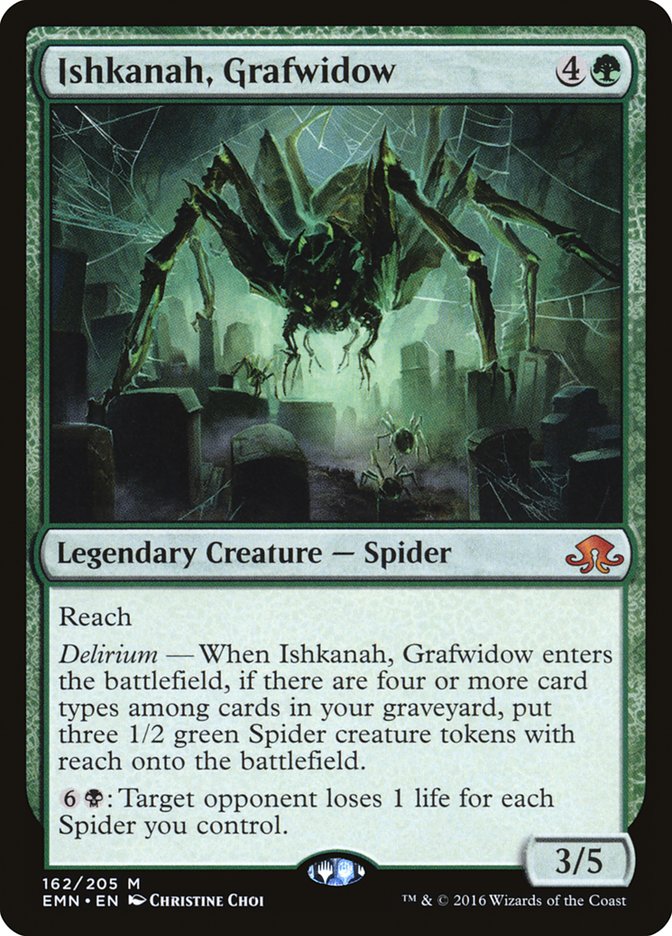The leading candidate to get banned in Pioneer?
On its face, the combo of Saheeli Rai plus Felidar Guardian seems easy enough to defeat. Felidar Guardian can be killed by removal, even though its casting cost puts it out of range of Abrupt Decay and the lack of fetchlands make it difficult to enable Fatal Push. There are still plenty of cards that can kill it at instant speed. Saheeli Rai is even more vulnerable because it will be at one loyalty before it gets blinked by Felidar Guardian. Wild Slash, Walking Ballista, and a host of other cards can remove it.
The problem is when your opponent, paying close attention to your open mana, chooses to spend their turn doing anything else. Maybe they deploy a different threat instead or sit back and draw some extra cards. Either way, they aren’t willing to expose their combo or they might not even have it.
Your turn rolls around and you have a decision to make. Do you continue to hold open mana under the threat of being combed, or do you finally tap out, hoping to advance your gameplan? No matter which you choose, the Copy Cat player gains an edge. The threat of the combo is more powerful than the combo itself and they exploit that to the fullest.
It’s such a powerful strategy that I wrote an entire article on it.
Let’s say we want to do the whole False Tempo thing. In old Standard, that meant playing some solid value creatures that were excellent blink targets for Felidar Guardian in order to pressure your opponent. If they respected the combo and held onto their removal spell, they’d get beaten down by a horde of Rogue Refiners. If they spent their removal, they’d be exposed to the combo.
For Pioneer, this would be the core:
That’s it. Everything else is up for grabs.
Teferi, Time Raveler is a great inclusion because it allows you to combo uncontested, but it gains card advantage through things like Oath of Nissa. The other natural inclusion is Oko, Thief of Crowns.
Given that we have Oko and a host of three-drop planeswalkers, we should play Gilded Goose. Additional mana creatures would be helpful, especially since there aren’t many two-drops worth playing unless we wanted to play enough spells for Jace, Vryn’s Prodigy. Heart of Kiran curves well into the three-mana planeswalkers if our opponent kills our one-drop. Pressuring opposing planeswalkers is going to be important and Heart of Kiran is among one of the strongest cards at that task. We don’t want to flood on Heart of Kirans, so two seems like a fine number.
Reflector Mage is incredible alongside Felidar Guardian and Saheeli Rai. Pioneer is a format filled with creatures, so it’s an easy maindeck inclusion. We also want a cheap way to interact with mirror matches and early pressure like Monastery Swiftspear. Since we’re already dipping into red, Wild Slash seems like a good candidate. Plus, there aren’t many suitable options in Bant for what we want to do.
If you add some Once Upon a Times, you nearly have a deck.
In this instance, we aren’t pressuring our opponents in the traditional sense. Their life total isn’t under attack, but we will set up an inevitable battlefield at some point.
Creatures (17)
Planeswalkers (12)
Lands (20)
Spells (11)

Since Pioneer is still new, the versions of this deck vary quite a bit.
Most players are using Aether Hub as a mana fixer and a few copies of Rogue Refiner to keep it active. Although Rogue Refiner is a fine card, we’re stuffed with three-drops, so I wanted to alleviate that to some degree. Our mana accelerators won’t always be live.
More copies of Once Upon a Time increases the chances it’s in our opening hand, which means we have an easier time assembling our mana.
The only other weird addition is Wicked Wolf, which I happen to like quite a bit. It puts any Food tokens to good use and can kill larger creatures, including Felidar Guardians in the mirror. Very little can actually remove it in Pioneer, so it will likely dominate the battlefield.
Playing a basic land isn’t a necessity, but there are some Azorius Control decks out there with Field of Ruin and any Golgari deck is going to have some amount of Assassin’s Trophies. Playing four colors is difficult in this format, but thankfully we have Gilded Goose to help. If we could realistically play more basic lands and a less painful manabase, I’d be in for it, but if we want all four colors we need as many multicolor lands as possible.
Our sideboard consists almost exclusively of the best ways to interact in Pioneer. Fry is the perfect card for the mirror match and Rest in Peace punishes the various graveyard strategies, including Izzet Phoenix. In terms of cheap interaction, you can’t do much better than Mystical Dispute since it’s so good at fighting the cheap blue planeswalkers.
Surge of Righteousness is almost exclusively for Mono-Red Aggro. Gaining eight life from Life Goes On or something similar will buy you a turn, but unless you’re removing their prowess creatures, they’ll continue hitting you for large chunks of damage. Hard removal is what you want and the lifegain is a bonus. Knight of Autumn and Reflector Mage are the flex slots.
Reflector Mage will be sideboarded in against many of the popular matchups, but the post-sideboard games are much different from the pre-sideboard games. The combo is more of a focal point before your opponent gets access to more ways to interact out of the sideboard. After that, you typically lean into the False Tempo aspect of the deck, which makes their sideboard cards largely useless.
VS Copy Cat
Out:
In:
One of the cards that people tend to sideboard for mirror matches is Authority of the Consuls. It stops the combo, but it’s not difficult to shift your gameplan away from the combo. Plus, there’s always Teferi, Time Raveler.
Rather than focus heavily on breaking up the combo, you should try to find things that can disrupt the combo while also being solid in a midrange planeswalker fight. Mystical Dispute and Fry are two of the most versatile cards for that job.
Many matchups will consist of sideboarding out Once Upon a Time, mostly because you’re sideboarding in more spells instead of creatures or lands. The odds of missing are still low, but you’d prefer to use Once Upon a Time as selection, not cycling.
VS Izzet Phoenix
Out:
In:
Izzet Phoenix is a much better deck than I initially expected and is one of the few decks that’s actually set up to prey on Copy Cat. They have a clock, disruption, and a plethora of cheap ways to break up your combo. Your plan after sideboarding involves ignoring the combo completely, trying to lock them out of the game with Rest in Peace and spot removal, and eventually winning with Oko, Thief of Crowns.
If they present a wall of countermagic, consider some Veil of Summers.
VS Humans
Out:
In:
This plan is going to be the same for Mono-White Heroic and a few other similar decks out there. Teferi, Time Raveler bouncing a one-drop isn’t a good use of your turn unless it’s a Favored Hoplite or Lagonna-Band Trailblazer. They won’t have much interaction for your combo, so you’re typically free to do your thing.
Out:
In:
Your sideboarding strategy should vary depending on what type of version your opponent is playing. Emrakul, the Promised End will almost always be devastating, but sometimes they can’t beat a Reflector Mage in your hand. Wicked Wolf is great against their smaller creatures but is ultimately unnecessary. Veil of Summer could be great depending on what sort of disruption they bring in.
Any sort of hard countermagic would be great here. Grafdigger’s Cage instead of Rest in Peace would also be helpful. If you expect more copies of this deck than average, feel free to adjust accordingly.
VS Sultai Midrange
Out:
In:
Given how much interaction Sultai has, it’s unlikely you’ll be able to assemble the combo until much later. You’ll be playing a low-resource game early on and they don’t put you under much pressure, so shaving on mana accelerators is completely fine.
Mono-Green Devotion
Out:
In:
If I was expecting fewer copies of something like Mono-Red Aggro, I’d happily shift Surge of Righteousness to something for this matchup. They have very few ways to actually interact with your combo, but a Walking Ballista for four is going to disrupt your combo and likely kill you, so you’d prefer to have a clean answer like Pithing Needle.
Still, this isn’t a bad matchup.
VS Kethis Combo
Out:
In:
This matchup plays out similarly to mirrors. You’ll both jockey for position while looking for a window to set up a combo kill. If they’re particularly heavy on planeswalkers, you’ll want the Heart of Kirans to pressure them, but they aren’t useful otherwise.
In the dark, I assume they become more like a Sultai Midrange after sideboarding, which is why I shave on Saheeli Rai. You also have plenty of ways to disrupt them, so you don’t have to rush to the finish line.
VS Mono-Red Aggro
Out:
In:
Your planeswalkers all have high loyalty, so they’ll probably do a lot of the heavy lifting in this matchup. They have so many ways to break up the combo, but you’re going to want to use that as your win condition eventually. You can win some games on the back of Oko, but I wouldn’t count on it.
Out:
In:
This is another matchup where ideally you’d be trying to assemble the combo, but Walking Ballista can be a pain. Again, Pithing Needle is the best answer.
Other Options
If you don’t like the red version, Bant is also an acceptable choice.
Creatures (18)
- 2 Llanowar Elves
- 2 Elvish Mystic
- 2 Reflector Mage
- 4 Felidar Guardian
- 4 Gilded Goose
- 2 Wicked Wolf
- 2 Brazen Borrower
Planeswalkers (12)
Lands (20)
Spells (10)

My main draw to red is to have ways to interact with the combo in the mirror. Wild Slash doubles as cheap removal against Monastery Swiftspear. Trying to find something in Bant is a little tricky.
Walking Ballista is the classic option but unfortunately not a card I want to play maindeck in Pioneer. Most of the threats (and even the mana creatures!) have two toughness, so it’s not as efficient as it used to be. Dromoka’s Command would be great but we don’t have many creatures and very few of those have three power. If we get to use Oko to make a 3/3, we’re good, but we don’t always have that luxury. Another option is Rapid Hybridization, which does combo with Teferi, Time Raveler, yet can be punishing if you don’t have the follow-up.
I’ve settled on Brazen Borrower, which is yet another three-drop, but I’m expecting to use the Petty Theft option first and foremost. Brazen Borrower itself will almost certainly be the last card I cast except under specific circumstances.
The manabase is much better and Interplanar Beacon even provides an incidental life boost.
Revisiting Aetherworks Marvel
Finally, I’m going to leave you all with an update from last week. My experience with Marvel in the Magic Online queues was solid, but I was clearly missing something. In order to make the deck as effective as possible, you must be able to cast your big payoff cards. That means developing your deck in such a way that your Aetherworks Marvels have powerful hits while also being able to cast Emrakul, the Promised End.
To top it off, sometimes you finally get to Emrakul mana but are facing down four lethal creatures, which Emrakul can’t beat on its own. Kozilek’s Return is the second piece of the puzzle.
Creatures (13)
Lands (22)
Spells (25)

This is my updated list, but something still feels off.
It always felt like a turn short of casting Emrakul. Either I didn’t have enough resources or I was a little too slow. Having something dedicated to ramping would help and Castle Garenbrig is the perfect addition, especially since it has a very low opportunity cost.
After sideboarding, games where you need to operate despite there being a Grafdigger’s Cage on the battlefield are common, so being able to naturally cast your threats matters even more than it did in the past. Sideboarding in narrow cards like Natural State or Cindervines is fine for some matchups, but you’d prefer something that’s versatile against creature decks.
Ratchet Bomb fills that niche nicely. Abrade is another solid option, but I wanted Magma Spray for Arclight Phoenix and Fry for Teferi, Time Raveler and didn’t want unnecessary overlap in spot removal.
Jace, Vryn’s Prodigy gives you a way to discard Kozilek’s Return in situations where you don’t have time to cast it because two damage wouldn’t kill enough and you’re setting up for a big Emrakul turn. Initially I wanted Whirler Virtuoso to handle swarms of creatures, but Kozilek’s Return mostly does the job better, even if Whirler is an energy source. Another consideration is playing something like Izzet Charm, which would put you down on resources but is incredibly versatile in Pioneer.
Traverse the Ulvenwald gives some consistency to the manabase and helps find Emrakul or Castle Garenbrig later (which is like tutoring for two mana). Casting Ishkanah, Grafwidow in the mid-game is one of the strongest plays you can make against aggro decks, so Traverse adds consistency to that as well.
It’s possible I should just be playing Servant of the Conduit and Chandra, Torch of Defiance like the old versions did. That will be the build I try next.


